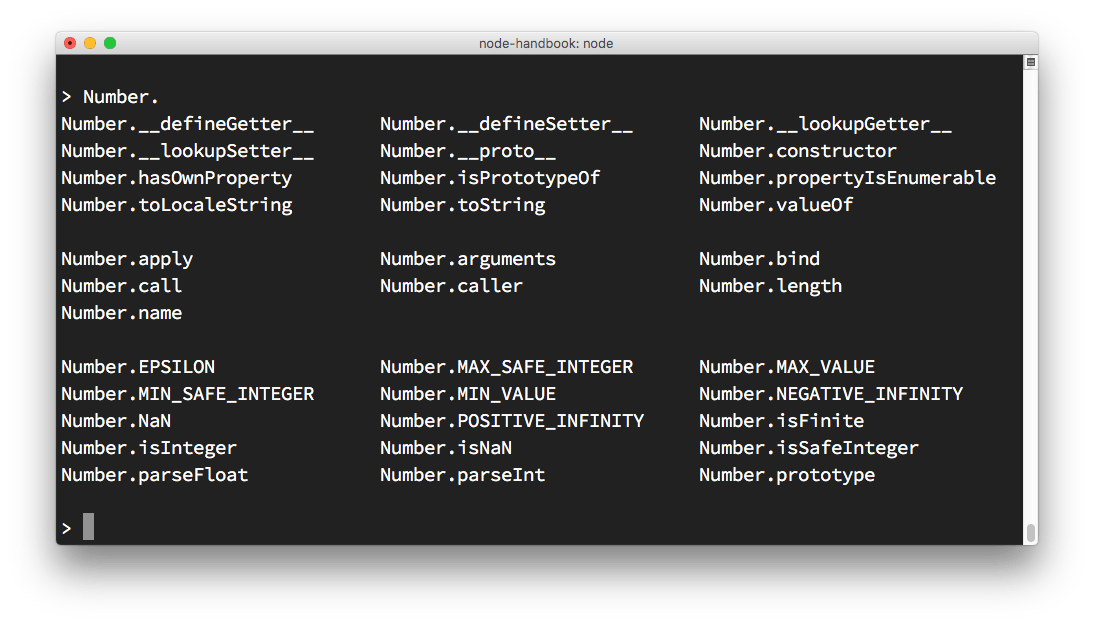How to use the Node.js REPL
REPL stands for Read-Evaluate-Print-Loop, and it's a great way to explore the Node features in a quick way
AI workshop
join cohort #1
The node command is the one we use to run our Node.js scripts:
node script.jsIf we omit the filename, we use it in REPL mode:
nodeIf you try it now in your terminal, this is what happens:
❯ node
>the command stays in idle mode and waits for us to enter something.
Tip: if you are unsure how to open your terminal, google “How to open terminal on
“.
The REPL is waiting for us to enter some JavaScript code, to be more precise.
Start simple and enter
> console.log('test')
test
undefined
>The first value, test, is the output we told the console to print, then we get undefined which is the return value of running console.log().
We can now enter a new line of JavaScript.
Use the tab to autocomplete
The cool thing about the REPL is that it’s interactive.
As you write your code, if you press the tab key the REPL will try to autocomplete what you wrote to match a variable you already defined or a predefined one.
Exploring JavaScript objects
Try entering the name of a JavaScript class, like Number, add a dot and press tab.
The REPL will print all the properties and methods you can access on that class:

Explore global objects
You can inspect the globals you have access to by typing global. and pressing tab:

The _ special variable
If after some code you type _, that is going to print the result of the last operation.
Dot commands
The REPL has some special commands, all starting with a dot .. They are
.help: shows the dot commands help.editor: enables editor more, to write multiline JavaScript code with ease. Once you are in this mode, enter ctrl-D to run the code you wrote..break: when inputting a multi-line expression, entering the .break command will abort further input. Same as pressing ctrl-C..clear: resets the REPL context to an empty object and clears any multi-line expression currently being input..load: loads a JavaScript file, relative to the current working directory.save: saves all you entered in the REPL session to a file (specify the filename).exit: exists the repl (same as pressing ctrl-C two times)
The REPL knows when you are typing a multi-line statement without the need to invoke .editor.
For example if you start typing an iteration like this:
[1, 2, 3].forEach(num => {and you press enter, the REPL will go to a new line that starts with 3 dots, indicating you can now continue to work on that block.
... console.log(num)
... })If you type .break at the end of a line, the multiline mode will stop and the statement will not be executed.
I wrote 20 books to help you become a better developer:
- Astro Handbook
- HTML Handbook
- Next.js Pages Router Handbook
- Alpine.js Handbook
- HTMX Handbook
- TypeScript Handbook
- React Handbook
- SQL Handbook
- Git Cheat Sheet
- Laravel Handbook
- Express Handbook
- Swift Handbook
- Go Handbook
- PHP Handbook
- Python Handbook
- Linux Commands Handbook
- C Handbook
- JavaScript Handbook
- CSS Handbook
- Node.js Handbook